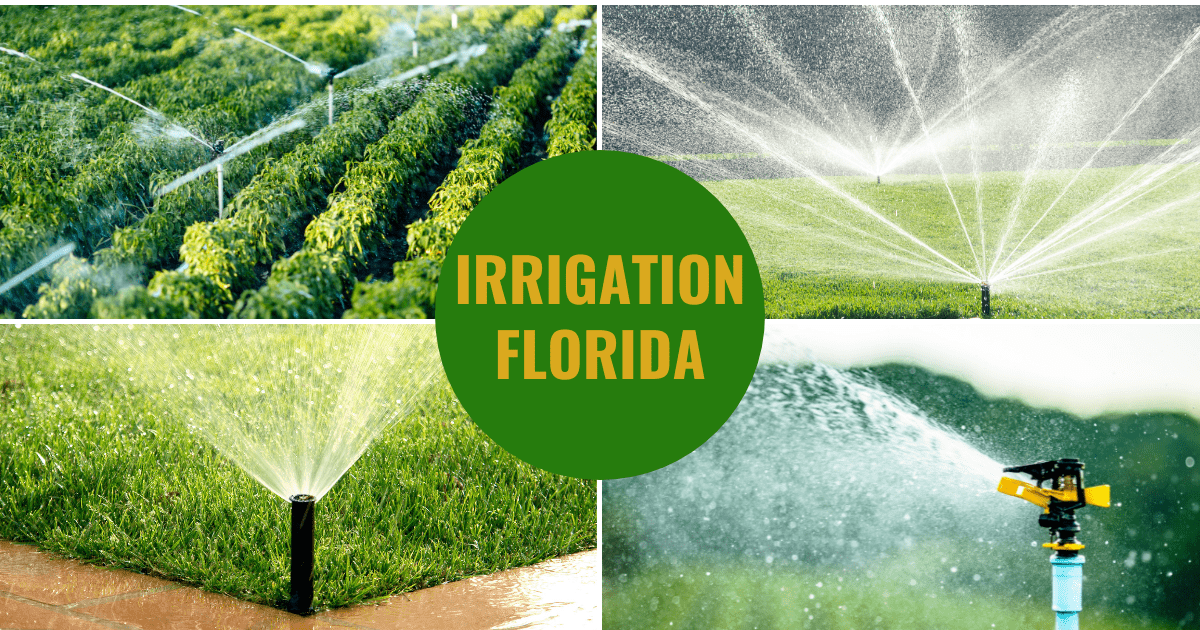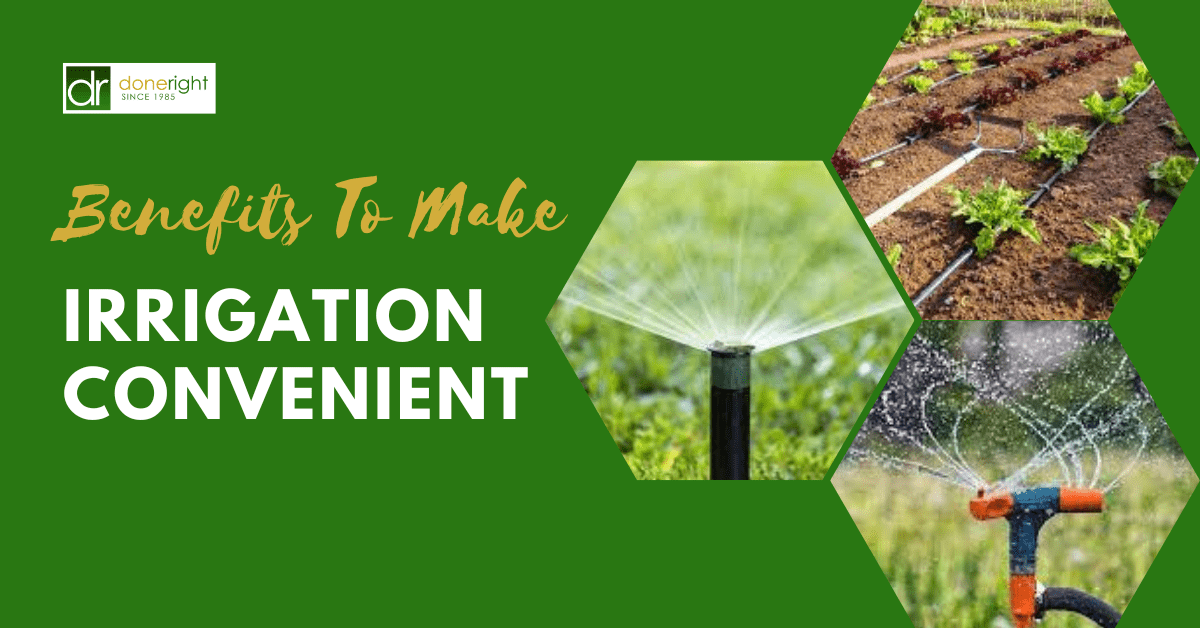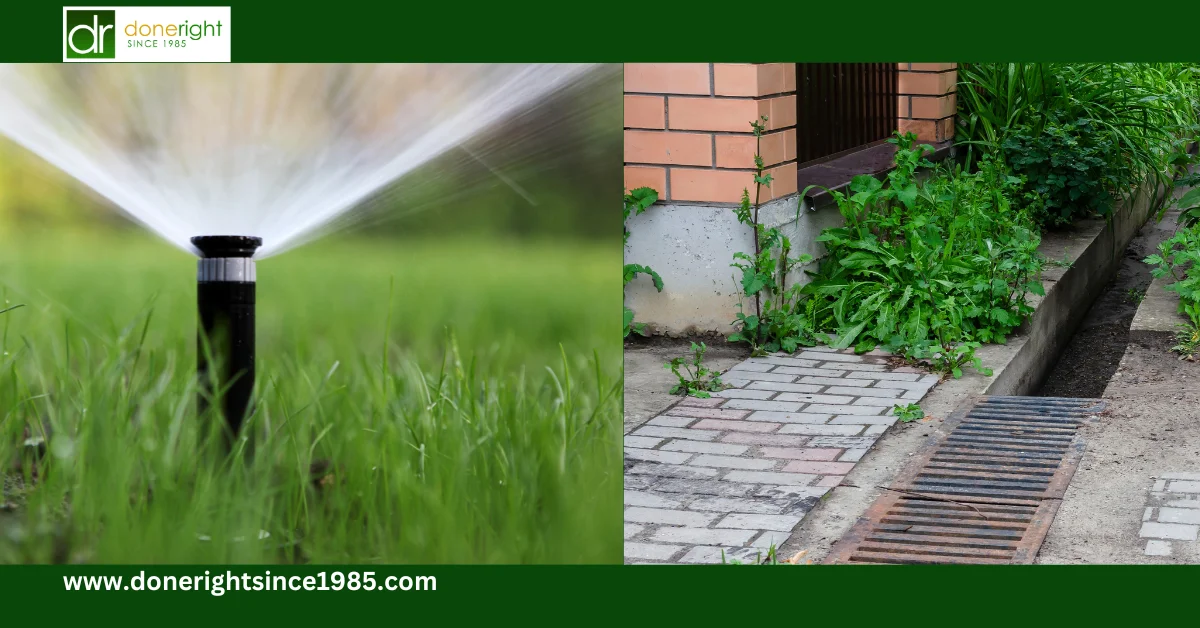Water is a crucial ingredient for the survival of. Around seventy percent of the human body is composed of water. Plants contain nearly 90 percent water. However, we must depend on external sources to fulfill our bodies’ water needs.
In the same way, crops require water to ensure their progress and expansion. The process of providing the produce with water is referred to as irrigation in Florida. IN this article we will talk about importance and modern types. Let’s get started.
What Is Irrigation?
Irrigation refers to applying water to crops to meet their water needs. In addition, nutrients are provided to crops via irrigation. The numerous irrigation water sources are ponds, wells, canals, lakes, tube wells, and dams. They also vary based on the varieties of soil and the season. For instance, spring crops need a more significant amount of water than winter crops.
Let’s look at various types of irrigation and the techniques employed for irrigation.
The importance of irrigation
The following points exemplify the significance of irrigation:
- Insufficient and unstable rainfall negatively impacts agriculture. Droughts and famines occur due to inadequate rainfall. The irrigation system can boost productivity, even with low rainfall.
- The yield on irrigated land is greater than the land that isn’t washed.
- Multi-crop farming is not feasible in India because the rainy season is unique across all regions. However, the climate allows cultivating all through the year. Thanks to irrigation, it is possible to plant multiple crops in the vast majority of areas that are part of this country.
- Irrigation has helped bring much of the land left uncultivated under cultivation.
- Irrigation has stabilized the yield and output levels.
The amount of irrigation should be optimal since over-irrigation could ruin the crop yield. Overflowing water causes the germination process to be impeded by waterlogging and a higher salt concentration. It can also lead to root uprooting as roots cannot endure standing water. So, the proper method must be employed for the most effective cultivation.
Methods of irrigation
The process of irrigation can be accomplished through two methods:
- Traditional Methods
- Modern Methods
The Traditional Techniques for Irrigation
In this manner, irrigation is performed by hand. In this method, a farmer draws out water from wells and canals on his own or with cattle and then carries it to the farming fields. This method is different in different areas. The primary benefit of this technique is that it is low-cost. However, it could be more efficient due to its uneven water distribution. Additionally, the possibility of water loss is high.
Examples of classic systems include the pulley, chain pump, and lever systems. The pump is by far the most well-known and widely used.
New Methods To Irrigation
Modern methods compensate for the shortcomings of traditional methods and assist in adequately using water. Modern methods rely on two ways:
- Sprinkler system
- Drip system
Sprinkler System
As the name suggests, Sprinkler systems spread water over the crops and assist in distributing an even amount of water. This technique is highly recommended in areas that are experiencing water shortages. The pump is attached to pipes, which create pressure. Water is then sprayed by nozzles on pipes.
Drip System
With the drip system, the water supply is made drop by drop precisely at the root with a pipe or hose. This method is also employed in areas that have less water available.
Different Types Of Irrigation
Many types of irrigation are used to increase the yields of crops. These kinds of irrigation systems are developed according to the various types of soils, climates, crops, and resources. The most common types of irrigation utilized by farmers are:
-
Surface Irrigation
In this method, there is no irrigation pump involved. In this system, water is distributed throughout the land via gravity.
-
Localized Irrigation
The water in this method is delivered to every plant via the pipes in a network at low pressure.
-
Sprinkler Irrigation
The water is pumped out from a central point through overhead high-pressure sprinklers or through sprinklers on the platform that moves.
-
Drip Irrigation
In this form, it is where water drops are dropped near the roots that support the plant. This kind of irrigation is only sometimes employed as it requires more care.
-
Centre Pivot Irrigation
In this instance, the water is distributed through the circular sprinkler system.
-
Sub Irrigation
Water is distributed via pumps, gates, canals, and ditches by raising the water level.
-
Manual Irrigation
It’s a labor-intensive and time-consuming method of irrigation. The water is distributed via watering containers by manual labor.
Last Thoughts
We can forge a path toward a more resilient and sustainable agricultural landscape through precision irrigation methods, intelligent water management, and community-driven initiatives. In our collective pursuit of a water-secure world, it is imperative that stakeholders, from farmers to policymakers and researchers, collaborate to implement and support irrigation practices that are both economically viable and environmentally responsible. By doing so, we can cultivate a future where irrigation not only meets the demands of the present but also safeguards the prosperity of future generations.





